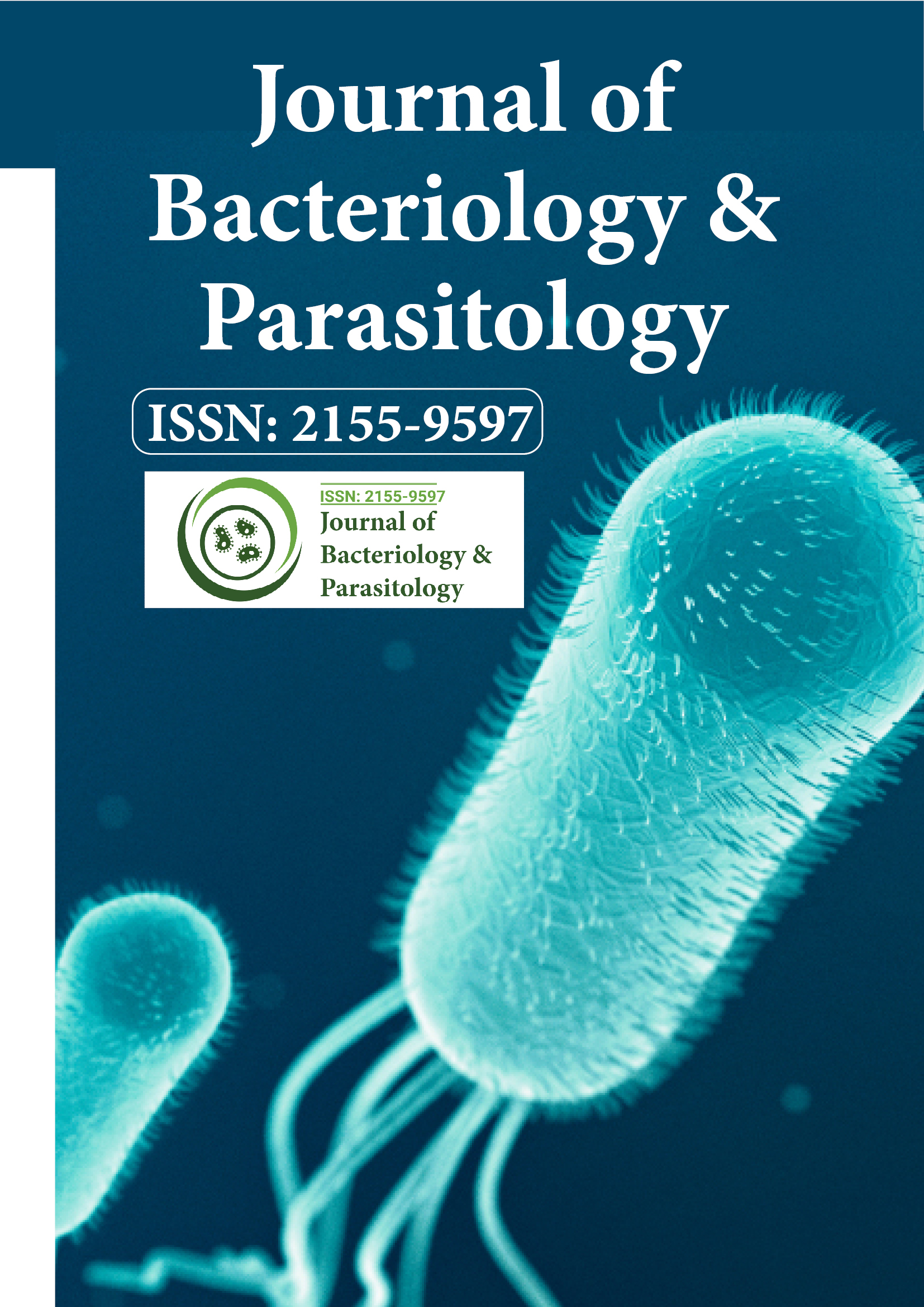Indexed In
- Open J Gate
- Genamics JournalSeek
- Academic Keys
- JournalTOCs
- ResearchBible
- Ulrich's Periodicals Directory
- Access to Global Online Research in Agriculture (AGORA)
- Electronic Journals Library
- RefSeek
- Hamdard University
- EBSCO A-Z
- OCLC- WorldCat
- SWB online catalog
- Virtual Library of Biology (vifabio)
- Publons
- MIAR
- Geneva Foundation for Medical Education and Research
- Euro Pub
- Google Scholar
Useful Links
Share This Page
Journal Flyer

Open Access Journals
- Agri and Aquaculture
- Biochemistry
- Bioinformatics & Systems Biology
- Business & Management
- Chemistry
- Clinical Sciences
- Engineering
- Food & Nutrition
- General Science
- Genetics & Molecular Biology
- Immunology & Microbiology
- Medical Sciences
- Neuroscience & Psychology
- Nursing & Health Care
- Pharmaceutical Sciences
Mapping spatial distribution of multidrug resistant Mycobacterium tuberculosis strains in Ethiopia
2nd International Congress on Bacteriology & Infectious Diseases
November 17-19, 2014 DoubleTree by Hilton Hotel Chicago-North Shore, USA
Adane Worku
Accepted Abstracts: J Bacteriol Parasitol
Abstract:
Background: Ethiopia ranks 8th among the 22 high-burden countries and 15th in the list of 27 countries with the highest number of estimated multidrug-resistant tuberculosis (MDR-TB) cases. Even though progress has been made to reduce global incidence of drug-susceptible TB, the emergence of MDR TB during the past decade threatens to undermine such these advances. Mapping Mycobacterium (M) tuberculosis strains by using geographic information system (GIS) to determine the spatial distribution of clustered cases in order to identify specific geographic areas where ongoing transmission is actively occurring have a great role. The objective of this study is focus on mapping spatial distribution of MDR TB strains in the Ethiopia. Methods: A cross sectional study was conducted on 188 isolates of M. tuberculosis that were collected from patients referred to St. Peter TB Specialized Hospital from January 2009 to July 2011 and previously characterized by spoligotyping. Demographic data were collected from registered data record in the St. Peter specialized TB hospital. Geo-coordinates of each patient?s residence were obtained by using the global positioning system (GPS) and Arc GIS 9.2 version was used for mapping all strains. Logistic regression was used for the analysis of risk factors by using STATA 11.0 version. Results: The main Spoligo-International-Type number (SIT) that commonly distributed throughout the country was 21, 149, 523, 54, and 53. Most of isolates outside Addis Ababa city were from regional towns and clustered at that place. The most clustered areas were central (Adama, Metahara, Arsi, Bishoftu and sebeta), north (Mekele, Axum, and Gondar) and east (Somali, Diredawa and Harar) part of Ethiopia. Although Addis Ketema sub city was the place where MDR tuberculosis isolates were mostly aggregated, almost all of sub cities in Addis Ababa were subjected to geographical clustering. Our results confirmed the spatial heterogeneity of TB distribution, with clustering in particular areas observed in Ethiopia. Conclusions: Mapping spatial distribution M. tuberculosis has been used to enhance targeted screening and control efforts, with the goal of interruption of disease transmission and ultimately incidence reduction.

